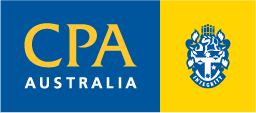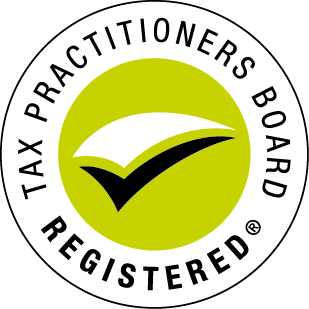
The structure of your business determines how you would pay tax and other business obligations you would need to consider. Whilst you are able to change your structure as your business develops, business owners must keep up with the changing tax responsibilities that may occur as a result. There are four major business structures in Australia that come with different tax implications.
Sole trader:
This is the cheapest and simplest business structure as it only involves a single individual running their business. They declare the business revenue as part of their personal income tax return and are taxed at the same rate as an individual. This means the more the income the business earns, the more tax the sole trader will have to pay. If their income is $18,200 or under for the 2018-19 financial year, then they are under the tax free threshold and do not have to pay tax. They can also receive a discount on Capital Gains Tax (CGT).
When more than 50% of a sole trader’s income from a contract is from their own personal labour, skills, or expertise, then they can earn personal services income (PSI). In this case, they need to complete specific questions in their tax return and the deductions they claim can be affected by this.
Partnership:
A partnership is when more than one person runs a business and distributes income or losses between themselves. Each partner must pay tax at the individual tax rate on their share of the business’ net income. They also need their own Australian Business Number (ABN) and Tax File Number (TFN) to use when lodging their annual business income tax return. An annual partnership return showing the income and deductions of the business must also be lodged. Similar to the sole trader, PSI can also be earned in which case deductions on this income may have to be treated differently.
Company:
A company is a separate legal entity with higher set-up and administration costs. They must apply for a company TFN and ABN if they are registered under the Corporations Act 2001. They must also be registered for GST if the annual GST turnover is $75,000 or more. There is no tax free threshold and no discount on CGT. Companies are responsible for paying income tax on their profits at the company tax rate, which is currently 30% under 2019-20 tax rates, or 27.5% for base rate entities. If PSI rules apply, the income earned from it will be treated as individual income for tax purposes. Deductions claimed may also be affected.
Trust:
If a business is run through a trust, they must also have their own TFN and ABN, and must register for GST if annual GST turnover is $75,000 or more. They are are not liable to pay tax because their beneficiaries who receive the trust net income are individually assessed for tax. If the trust generates net trust income and does not distribute it, they are assessed on this accumulated income at the highest individual tax rate. Each year, all the revenue earned by the trust and the income distributed to each beneficiary must be shown on their tax returns. Similar to a company structure, if a trust earns PSI, then the income from it is treated as individual income for tax purposes.


